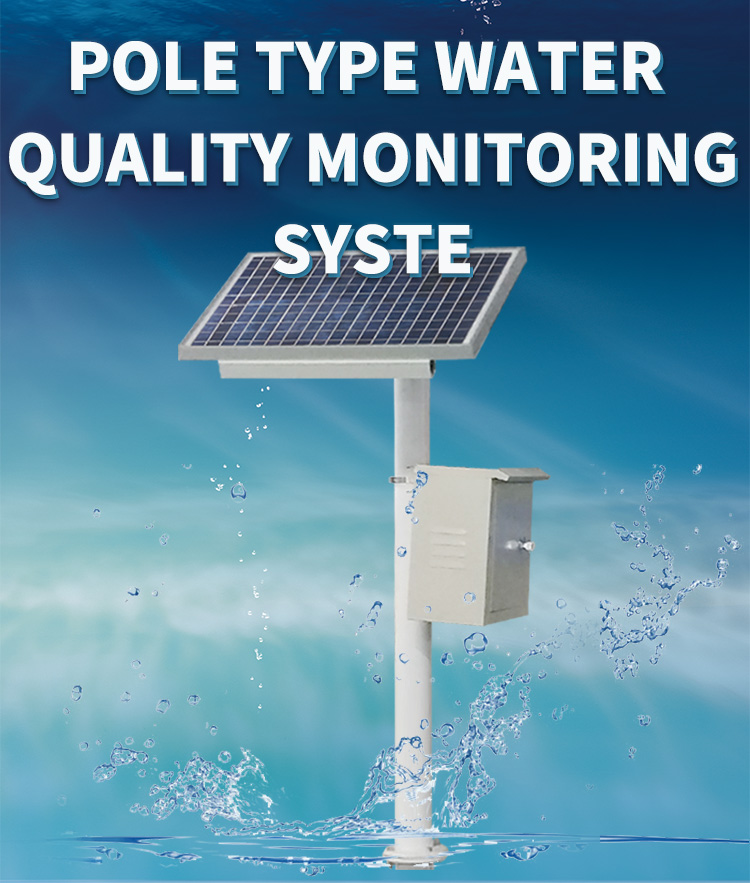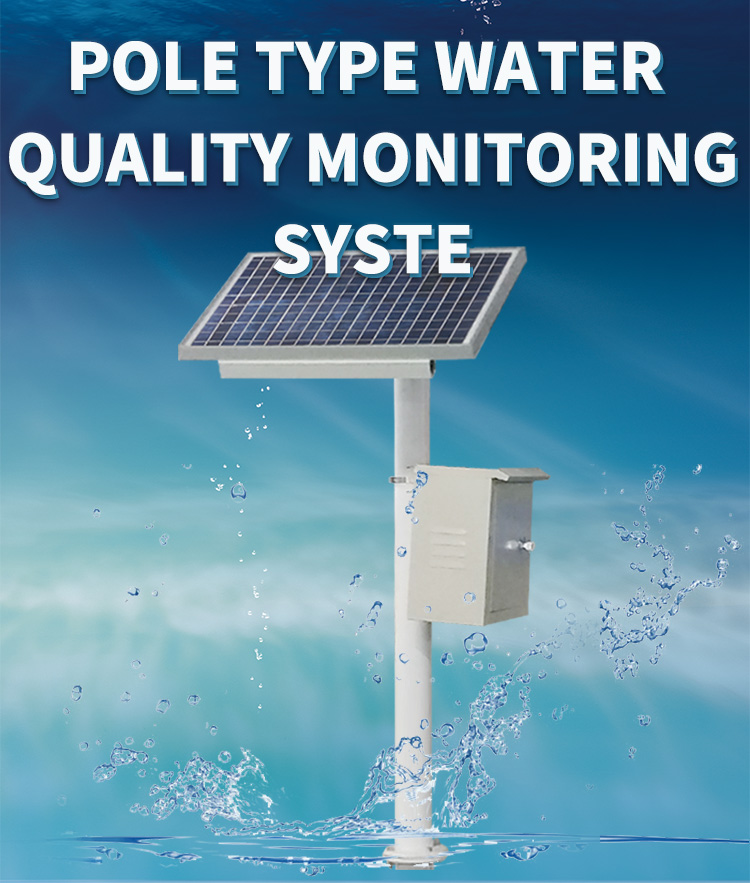Water quality is a critical aspect of environmental health and human well-being. Monitoring and analyzing water quality parameters are essential for ensuring the safety and sustainability of water resources. With advancements in technology, various advanced tools and techniques have emerged, revolutionizing water quality monitoring and analysis. This article explores the role of advanced technology in water quality monitoring and analysis, focusing on its significance, applications, and future prospects.

Significance of Advanced Technology in Water Quality Monitoring
Advanced technology has transformed water quality monitoring by offering increased accuracy, efficiency, and accessibility. Traditional monitoring methods often require laborious and time-consuming laboratory analyses. However, with advanced technology, real-time data collection and analysis are now possible, providing instant updates on water quality parameters. This allows for prompt decision-making and intervention to address emerging issues and prevent contamination.
Applications of Advanced Technology in Water Quality Monitoring
Remote Sensing: Remote sensing techniques, such as satellite imaging and aerial surveys, provide valuable insights into water quality over large areas. These techniques can detect changes in water color, turbidity, and algae blooms, helping identify potential sources of pollution and monitor the overall health of aquatic ecosystems.
Sensor Networks: Advanced sensors equipped with automated systems can continuously monitor water quality parameters in real-time. These sensors can detect and transmit data on physical parameters like temperature, pH, dissolved oxygen, and conductivity. Wireless sensor networks enable the collection of data from multiple locations, providing a comprehensive understanding of water quality variations.
DNA-based Techniques: DNA-based technologies, such as polymerase chain reaction (PCR) and next-generation sequencing, offer rapid and accurate identification of pathogens, bacteria, viruses, and harmful algal blooms in water samples. These techniques help assess the microbiological safety of water sources and aid in early detection and response to potential outbreaks.
Nanotechnology: Nanosensors and nanomaterials have emerged as powerful tools for water quality monitoring. Nanosensors can detect and measure contaminants, such as heavy metals and organic pollutants, with high sensitivity and selectivity. Nanomaterials, such as graphene and carbon nanotubes, have been used to develop filtration membranes that effectively remove contaminants from water.
Data Analysis and Artificial Intelligence (AI): Advanced technology facilitates the efficient analysis of large datasets generated from water quality monitoring. AI algorithms can identify patterns, detect anomalies, and predict future water quality trends. This enables proactive decision-making, early warning systems, and optimized resource allocation for water management.
Future Prospects of Advanced Technology in Water Quality Monitoring
The field of advanced technology in water quality monitoring continues to evolve rapidly, with promising prospects for the future:
Miniaturization: Miniaturized sensors and wireless communication systems will enable the development of small, portable monitoring devices. These devices can be easily deployed in remote and inaccessible areas, expanding monitoring capabilities and improving data coverage.
Internet of Things (IoT): IoT applications can integrate multiple sensors, devices, and data platforms, creating a networked system for water quality monitoring. Real-time data exchange, remote control, and automated decision-making can improve efficiency, accuracy, and response time.
Machine Learning and Predictive Analytics: Machine learning algorithms can analyze complex datasets and identify correlations between water quality parameters and contaminant sources. Predictive analytics can forecast water quality changes based on historical data, facilitating proactive management strategies and reducing potential risks.
Big Data Integration: Integrating water quality data with other relevant datasets, such as weather conditions, land use patterns, and pollutant emissions, can provide a holistic understanding of water quality dynamics. This integrated approach supports better decision-making and more effective pollution prevention and control measures.

Conclusion
Advanced technology has revolutionized water quality monitoring and analysis, playing a crucial role in ensuring the safety and sustainability of water resources. From remote sensing to nanotechnology and AI-driven data analysis, these technological advancements offer enhanced accuracy, efficiency, and accessibility in monitoring water quality parameters. As technology continues to advance, the future prospects for advanced technology in water quality monitoring are promising. By harnessing the full potential of advanced technology, we can







